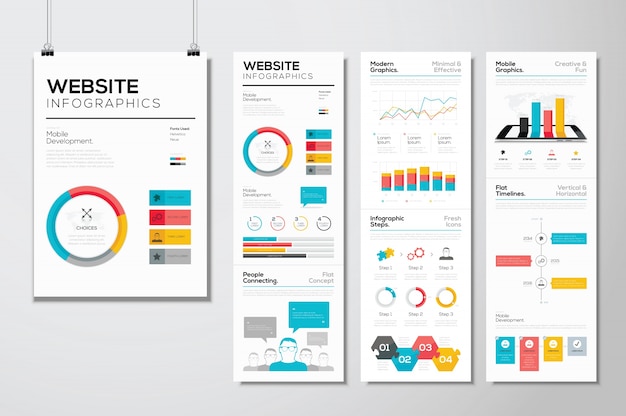The Development Of Website Design: After That And Now
The Development Of Website Design: After That And Now
Blog Article
Created By-Johnsen Hejlesen
In the past, websites were basic and concentrated on details. Navigation was direct, and style was for desktops. Currently, user experience is key. Information overviews styles for simple navigation. Receptive designs fit various tools. Today, dark setting decreases strain, and minimalist menus improve navigation. Interactive attributes engage users, and strong visuals attract attention. AI combination increases engagement. See exactly how layout has actually developed to boost your online journey.
Early Days of Web Design
In the early days of website design, simpleness preponderated. Internet sites were basic, with restricted colors, font styles, and layouts. The emphasis was on supplying details instead of flashy visuals. Customers accessed the internet via sluggish dial-up links, so rate and functionality were essential.
Navigation food selections were straightforward, typically located on top or side of the web page. Web sites were designed for computer, as mobile browsing wasn't yet prevalent. Material was king, and designers focused on very easy readability over complicated design aspects.
HTML was the key coding language utilized, and developers needed to work within its constraints. Animations and interactive functions were minimal contrasted to today's requirements. https://www.mediaupdate.co.za/marketing/152215/stratitude-bags-chas-everitt-international were fixed, with little vibrant content or tailored individual experiences.
Surge of User-Focused Layout
With the development of site layout, a shift in the direction of user-focused design principles has ended up being increasingly popular. Today, developing websites that prioritize customer experience is crucial for involving site visitors and achieving service objectives. https://www.searchenginejournal.com/google-shows-how-to-control-titles-in-search-results/449866/ -focused layout includes comprehending the requirements, preferences, and actions of your target market to tailor the site's format, content, and features appropriately.
Designers currently conduct complete study, such as user surveys and usability testing, to gather understandings and responses straight from users. This data-driven strategy aids in developing intuitive navigating, clear calls-to-action, and visually enticing interfaces that reverberate with site visitors. By putting the user at the center of the design process, internet sites can provide a more tailored and pleasurable experience.
Responsive style has actually likewise become a crucial facet of user-focused style, making certain that sites are optimized for various gadgets and display dimensions. This flexibility enhances access and functionality, satisfying the varied methods users communicate with web sites today. In essence, the rise of user-focused layout represents a change towards producing digital experiences that focus on the demands and assumptions of completion individual.
Modern Trends in Website Design
Check out the latest patterns forming web design today. One popular pattern is dark setting design, offering a streamlined and modern-day appearance while reducing eye pressure in low-light settings. One more vital pattern is minimalist navigating, streamlining food selections and boosting user experience by concentrating on essential elements. Including micro-interactions, such as animated switches or scrolling results, can produce an extra interesting and interactive site. Receptive style stays critical, ensuring smooth user experiences across different gadgets. In addition, using bold typography and asymmetrical layouts can add visual rate of interest and draw attention to specific material.
Integrating AI innovation, like chatbots for consumer support or personalized recommendations, boosts individual involvement and simplifies procedures. Ease of access has likewise end up being a considerable pattern, with developers prioritizing inclusive design methods to accommodate varied user requirements. Accepting sustainability by optimizing site efficiency for speed and efficiency is one more emerging pattern in website design. Collaborating with user comments and data analytics to repeat and enhance layout continually is important for remaining appropriate in the ever-evolving digital landscape. By accepting these modern-day fads, you can produce a visually appealing, user-friendly site that reverberates with your target market.
Final thought
As you assess the evolution of website style from the very early days to now, you can see exactly how user-focused design has actually become the driving pressure behind modern fads.
Accept the journey of change and adjustment in web design, always maintaining the customer experience at the center.
Tippingpointdigital
Keep existing with the most up to date fads and technologies, and never stop developing your technique to develop visually spectacular and easy to use internet sites.
Advance, adapt, and develop - the future of web design remains in your hands.
